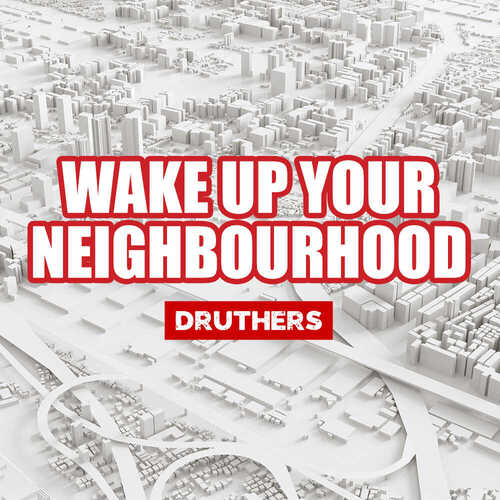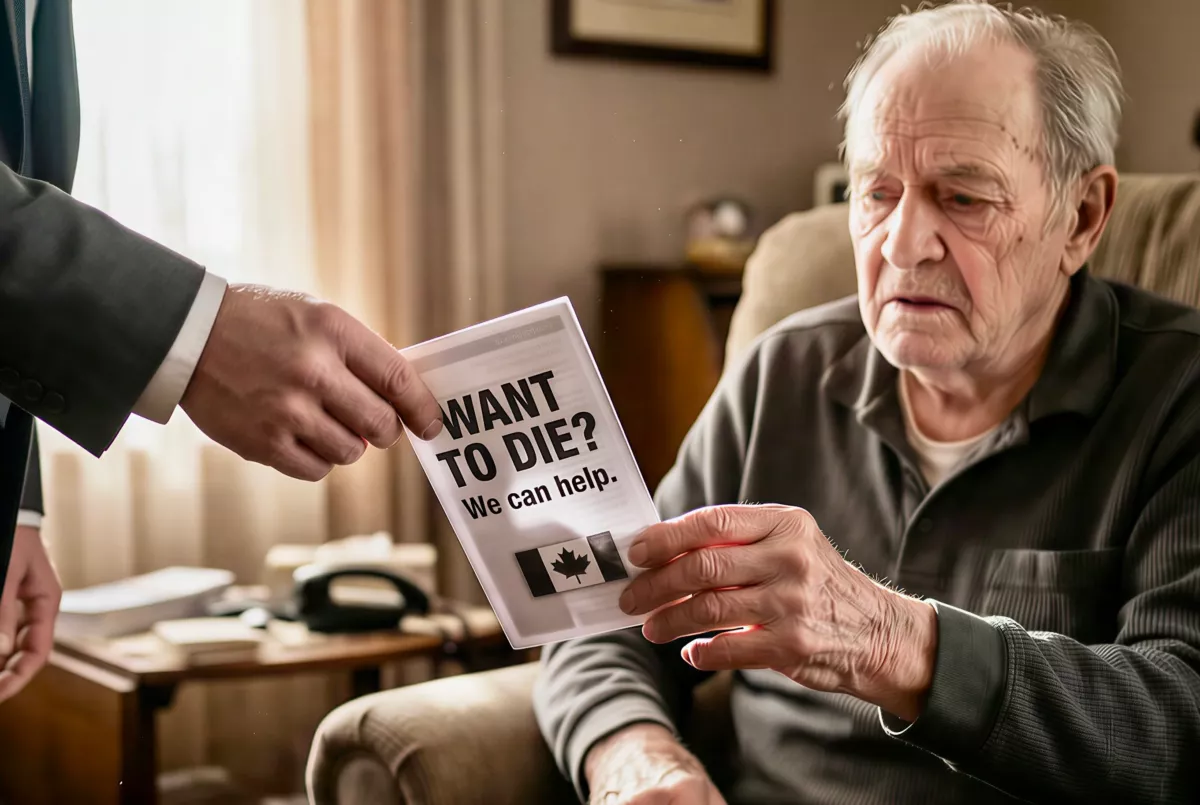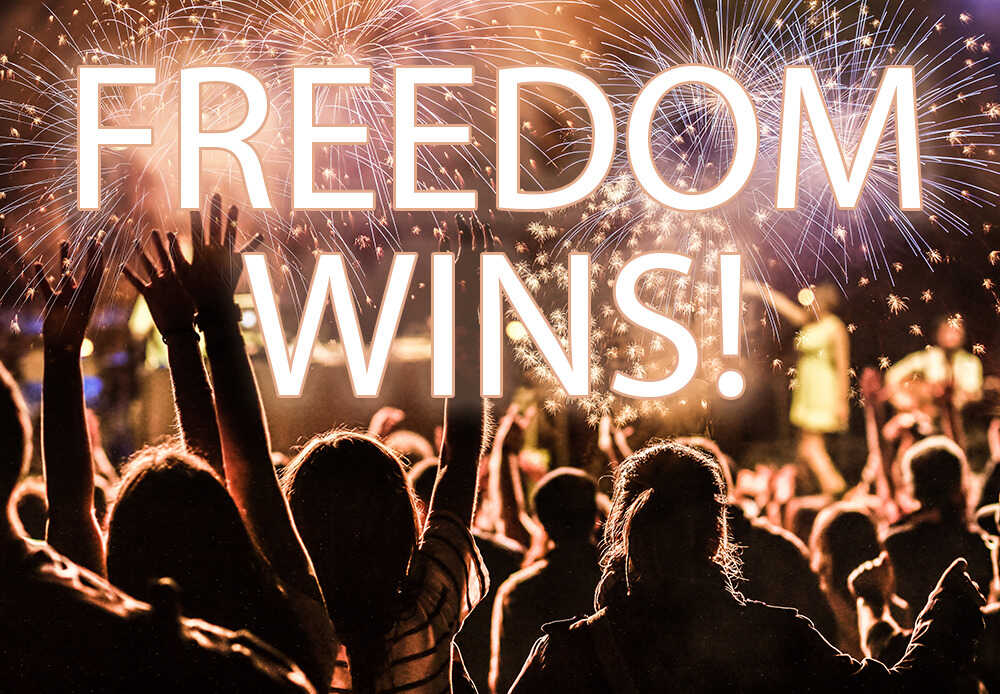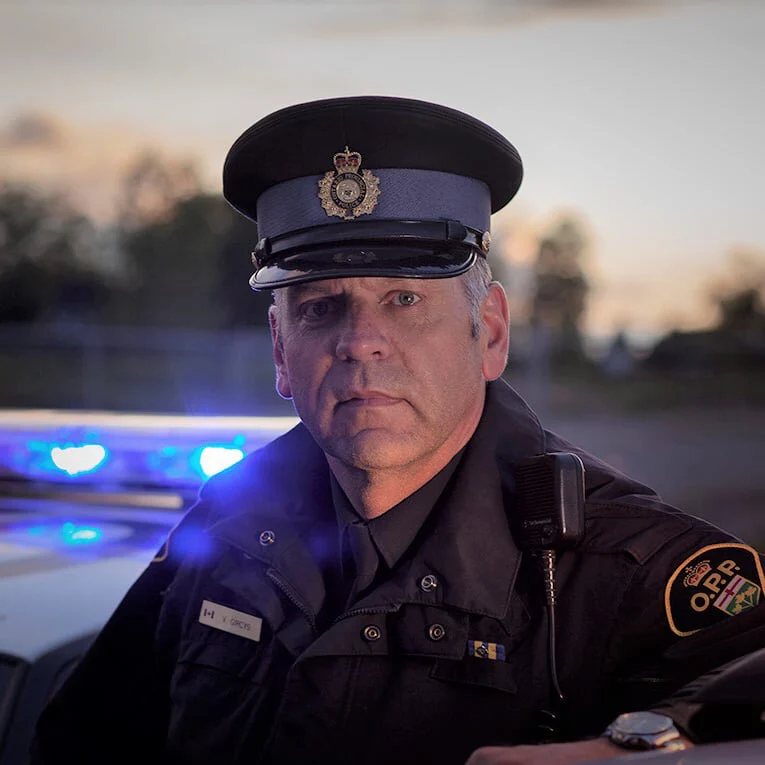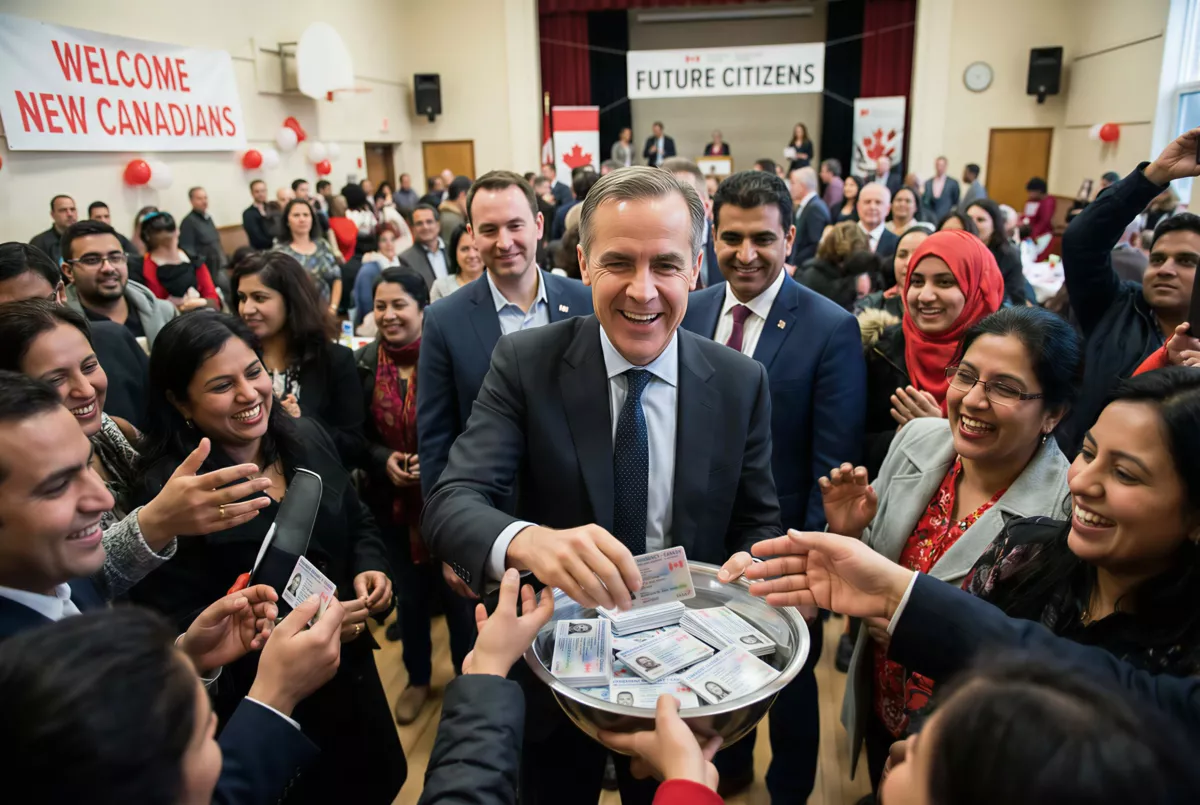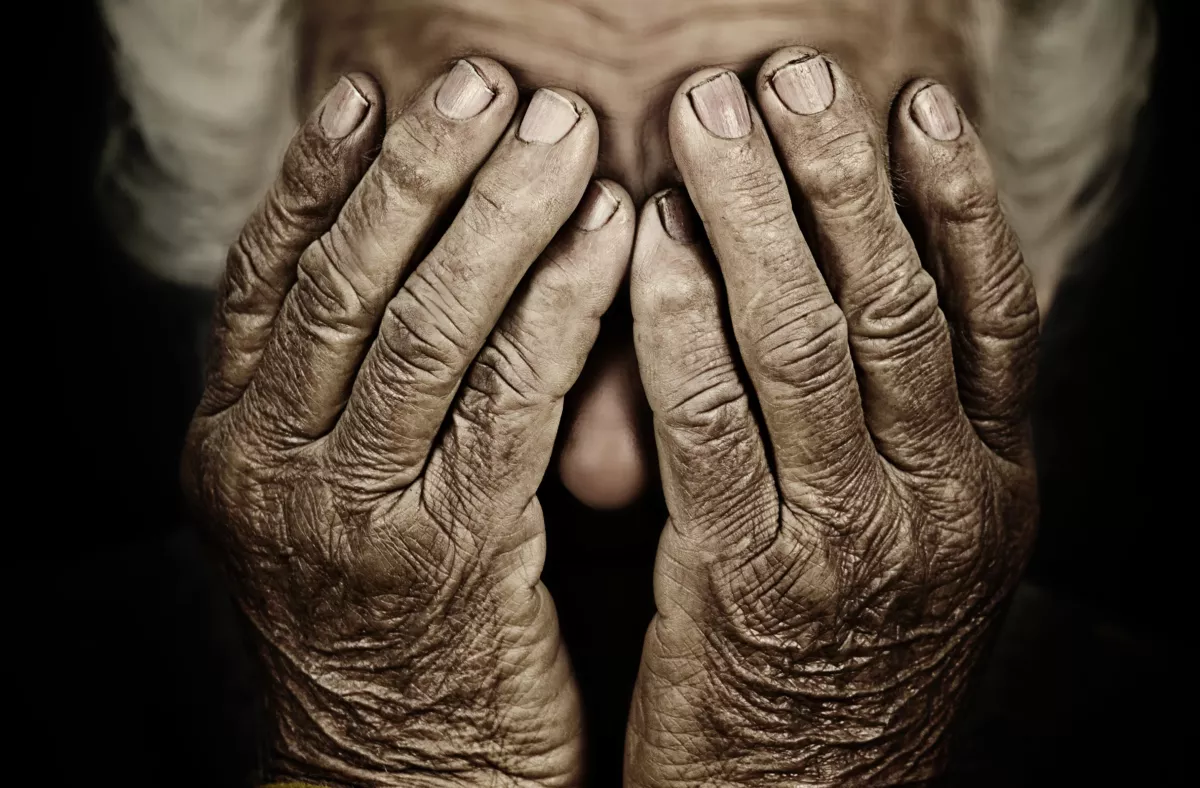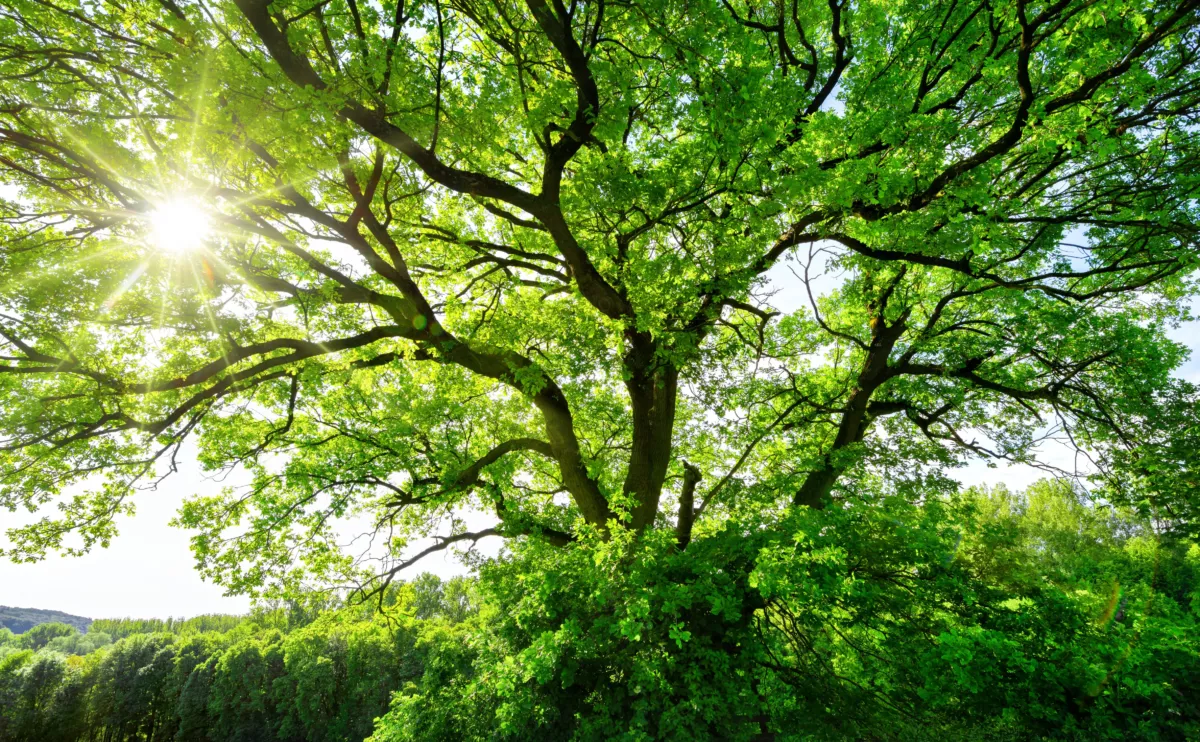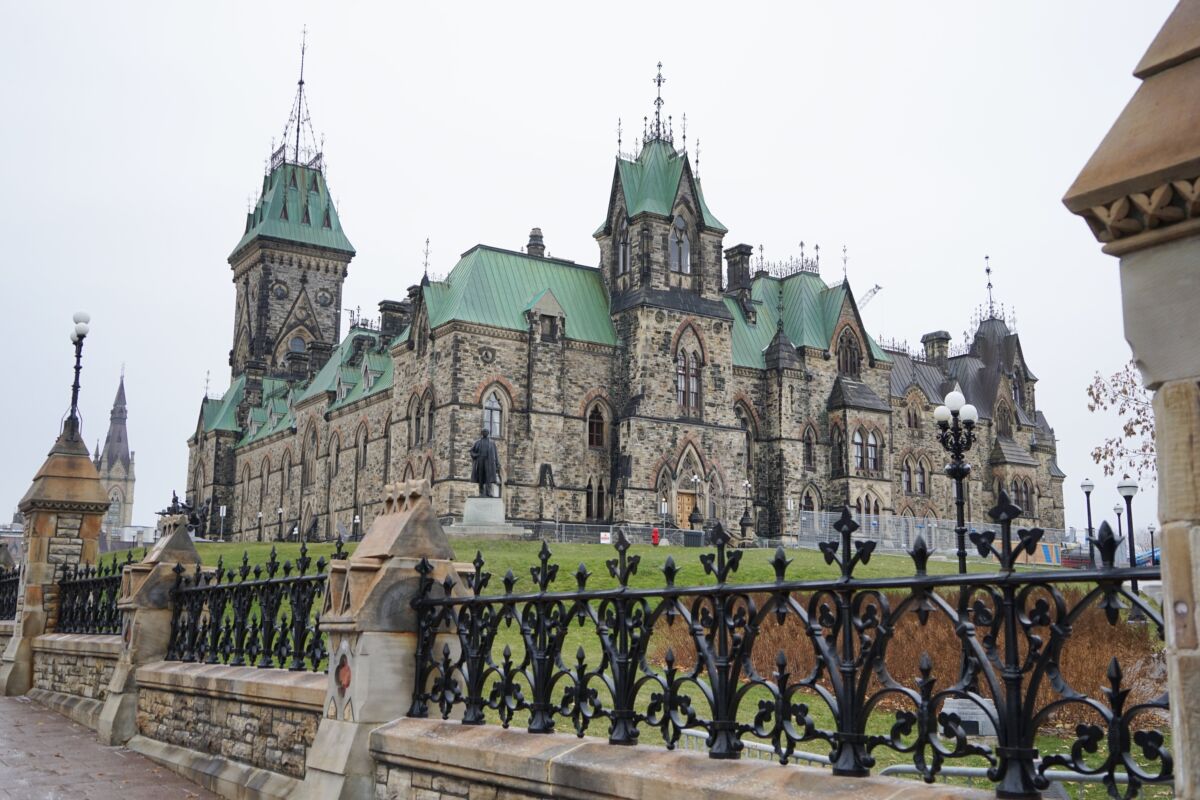Addicted to Obedience
By Marco Navarro-Génie | MNGHaultain.Substack.com
When Susan Holt, Premier of New Brunswick, explained why New Brunswickers couldn’t go for a walk in the woods, she probably thought she was being reasonable. After all, she was talking about safety, and who could be against safety? Her tone was casual, a little hesitant, almost folksy, as if she were explaining to a neighbour why they shouldn’t light a campfire in a dry summer. But the words—stripped of their verbal padding—revealed a dangerous and growing habit among the technocratic political class: the idea that the state may suspend your liberty not because of something you’ve done, or even something you’re likely to do, but because you might, in some small way, inconvenience the machinery of government.
This was not a policy Holt invented in isolation. The initial reflex came from Tim Houston, the alleged conservative Premier of Nova Scotia, who moved first to ban activity in the woods under the guise of wildfire safety. Holt followed his lead but offered her justification when people pushed back.
Here is Holt in her own words:
“Me going for a walk in the woods is gonna cause a fire. I can understand why people, uh, think that that’s, that’s, that’s ridiculous. But the reality is, it’s not that you might cause a fire, it’s that if you’re out there walking in the woods and you break your leg, we’re not gonna come and get you because we have emergency responders that are out focused on a fire that is, uh, threatening the lives of New Brunswickers.
And if you take your boat out fishing in a pond on crown land and you capsize, we’re not gonna be able to come and help you out because our first responders are focused on an immediate and serious threat to our province, and so it’s the possibility of diverting emergency resources away from where they are really needed.”
She begins by acknowledging the obvious—that banning walks in the woods on the grounds of preventing fires is ridiculous—only to pivot into something stranger. The ban, she admits, is not about fires at all. It is about the possibility that you might get hurt in a way that would require emergency services, at a moment when those services are otherwise engaged.
In other words, the basic freedom of movement can be revoked, not because you are engaging in dangerous behaviour, but because you might someday need state assistance when the state is busy doing something else.
It is not a fire safety policy. It is a triage policy, enforced by preemptively removing the public from situations that could “possibly” create emergencies instead of prioritizing the situations. It treats liberty not as a default, but as a state-rationed privilege—something to be issued or withheld according to the administrative convenience of the government.
It is also an echo, almost note-for-note, of the logic that governed our pandemic restrictions.
Don’t lose touch with uncensored news! Join our mailing list today.
During COVID, the danger that justified curtailing your movement was rarely that you, specifically, were sick or a risk to others. It was that you might be, and that your potential illness might lead to hospital visits, and that those visits might—in the statistical aggregate—put strain on the health system. “Flatten the curve” was never about eliminating disease; it was about protecting state capacity. The emphasis, repeated endlessly, was on the system’s needs, not yours. People were sacrificed to protect a decaying system, instead of fixing the system.
Tim Houston and Susan Holt’s “no walk in the woods” decrees offer the same logic in a new key. The danger is not that you will start a fire, or even that you will injure yourself, but that you could, and that this hypothetical injury could burden a service currently occupied.
The safety measure is not a fire ban or rescue warning, but rather the forced cessation of activities to avoid the possibility (not the probability) of creating a demand for state response.
The underlying assumptions
The first is that the government owns your risk-taking. You may not climb a hill, walk a trail, or paddle a canoe if those actions carry even a theoretical chance of drawing on government resources at a moment inconvenient for the government. The relationship implied here is not that of citizen and servant, but of dependent and caretaker. Your life must be scheduled around the state’s operational needs.
The second is that a capacity shortage is the public’s problem to absorb, not the government’s to solve. If the fire service is short on staff or the ambulances are stretched thin, the solution is not to bolster resources or coordinate additional capacity. The solution is to restrict the public from engaging in any activity that may require assistance. It is now an established habit to have the burden of scarcity shifted away from the state and onto the citizen.
The third is that hypothetical harm justifies immediate restriction. No injury or fire needs to occur; the mere possibility is enough. This is a perilous standard, because all human activity carries possible risk. Once that door is opened, the scope for prohibition is endless.
This is not simply about a premier or a province far away. It is the latest rung in a ladder that governments have been building for years. COVID gave them the blueprint.
The pandemic was the prototype
There, the logic was that any action which might, in a statistical sense, contribute to system strain could be prohibited outright. You could be barred from visiting family, attending religious services, and from opening your business, all for the sake of “protecting the system.” No real-time proof of danger was needed; it was enough that you could be part of the problem.
From there, it is evidently a short hop to climate and fire restrictions. The structure is the same: a system under strain, a possible but unproven risk from your behaviour, and a blanket prohibition for your own good—or more precisely, for the good of the system.
And once the principle has been accepted, it expands. When I lived in Halifax, there was a regular urging to people not to leave their houses during a snowstorm because if they got stuck, emergency services would have to be allocated away from potentially more serious situations. The legal compulsion and threats in fines close to the average yearly income had not yet darkened policy.
In health services today, it could be “no skiing or ice skating during peak flu season” to avoid ER crowding. In law enforcement, “no large gatherings in certain areas” because police are tied up at a major event. In utilities, “no non-essential travel in rural areas” during an energy shortage, to avoid strain on fuel supply and emergency heating.
At every step, the premise is the same: government services are always scarce, so liberty must be managed to protect them. Scarcity is addressed not by increasing capacity, but by reducing your freedom to create demand.
The problem is not that governments sometimes need to impose emergency measures. If there is a fire in a forest, deal with the fire and its causes. The problem is that the default reflex now is to manage emergencies by restricting citizens, rather than by improving efficiency and making the state more resilient.
This is not a license for government to spend more. It is a call for governments to fix the problem. In this case, it is a call to address the real issues of these forest fires, instead of inventing fantasies about climate. Tackle forest management and deal with the arsonists.
What Holt’s statement—and Houston’s precedent—reveal is the depth to which this reflex to restrict liberties has sunk into mundane political thinking. The maternal tone, the grounding in “what if” rather than “what is,” the casual assumption that the public should adapt to the state’s needs, not the other way around—these are the marks of a government that has dangerously inverted its purpose.
In the traditional view, the government exists to safeguard liberty and to provide services that allow people to live as freely as possible despite risk. In Holt’s version, borrowed from Houston’s, people must live cautiously and quietly to safeguard the government’s ability to function without strain. The state becomes the primary subject, and the citizen is now in the supporting role.
This inversion matters because it sets no limits. The rationale that you might need help when the state is busy elsewhere can be applied to anything. It is not about fires or viruses; it is about conditioning the public to accept liberty as a revocable privilege at the state’s demand.
Some will argue that these measures are temporary, tied to specific crises, and will be lifted when the strain eases. That is what governments said about lockdowns, and yet the logic that justified them is now applied to wildfires. From there, it will be applied to snowstorms, flood seasons, cyberattacks, water shortages, and any other event that can be framed as an “extraordinary” strain on public services. The extraordinary quickly becomes the ordinary.
Most insidious is that it is done in the language of care. You are told you are being protected—from fires, from injury, from overburdened hospitals—and that the only price is a little less freedom for a little while. But the net effect is not protection; it is dependency. It is the cultivation of a citizenry that expects to be managed, not empowered.
The truth is that life in a free society entails risk, and that the role of public services is not to eliminate that risk, but to respond when needed. If those services are strained (leaving aside arson and the changes in forestry management), the honest solution is to build more capacity, not to shrink the space in which people may live their lives. The public can be told the truth: “Enter the woods at your own risk. We may not be able to reach you quickly.” That would preserve liberty and respect the citizen as an adult capable of making informed choices.
But that is not the route chosen. Instead, the state adopts the role of a parent, keeping the children indoors “until it’s safe,” with no discussion of what safety means or when it will be achieved. That role is easier for the state, because it demands nothing of their system—only of the public.
What Holt said out loud, following Houston’s lead, is what many in government now think privately: that your rights exist at the discretion of the system’s convenience, and that you should accept this as normal. The only way to resist that normalization is not to be afraid to name it, to expose the logic, and to refuse to treat it as harmless.
Because once you accept that you may not walk in the woods in case you twist your ankle, while the province is fighting a fire at the other end, you have already accepted that you may not walk anywhere, for any reason, whenever the state decides it has better things to do.
The government learned from COVID that it could train the public to obey in the name of protecting capacity. Houston and Holt’s decrees show that the lesson has been learned and is now being applied elsewhere. Unless citizens unlearn that lesson and teach the politicians a new one, the subsequent ban will be easier to impose, and the one after that easier still, until the idea of unrestricted movement is a quaint memory.
Originally published at mnghaultain.substack.com
Explore More...



